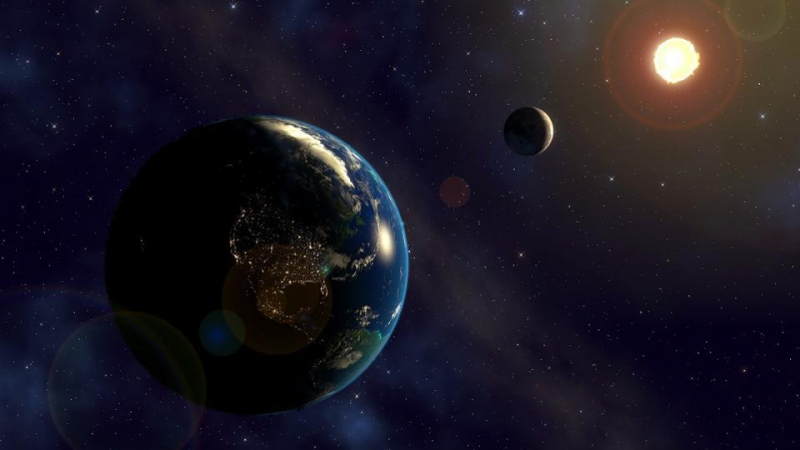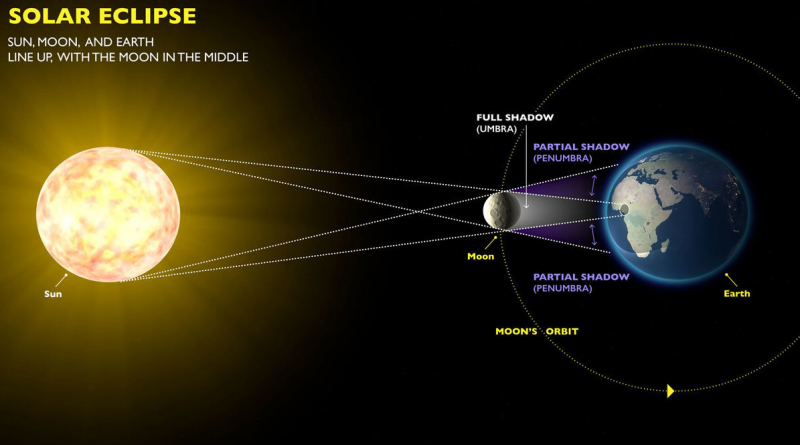Complete Solar Eclipses Will Not Take Place Forever
A solar eclipse occurs when the Moon lies between the Earth and the Sun and completely or partially blocks the Sun from view over a portion of our planet. Our satellite's orbit is inclined with respect to the ecliptic plane, therefore it occurs two to five times a year rather than once every 29 to 30 days (the length of a full lunar cycle).
When the moon totally blocks out the Sun, we get a total eclipse of the Sun. Additionally, there are annular and partial eclipses. When our natural satellite is in the outermost region of its orbit and its disk is too small to completely encircle the Sun, the latter is viewed.
Total solar eclipses will cease to happen in roughly 600 million years. The Moon will steadily recede from us until it is always visible as being smaller than the Sun. Only annular and partial eclipses will then be visible.










